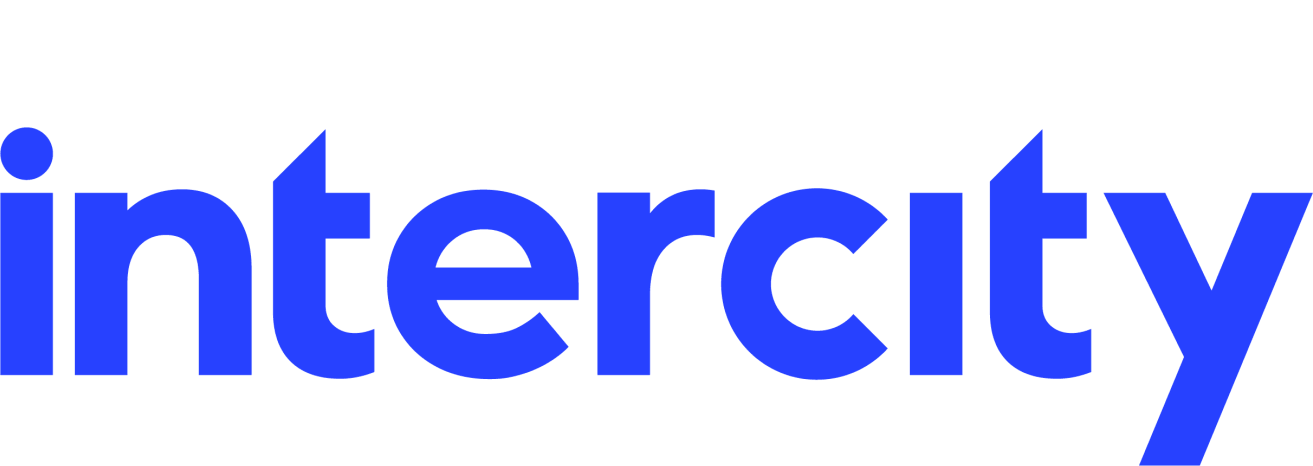BLOG
Does your business have the right tools to work remotely?
Ensuring that your business can effectively support remote working is becoming a crucial requirement. Whether you have employees working from home or those that travel frequently, research has shown that remote working is set to rise steadily over the next few years and businesses need to ensure they have planned for any shifts in remote working trends within their own organisations.
Intercity recently conducted research on attitudes towards technology in the workplace and its impact on productivity amongst both IT Managers and IT users, as detailed by our white paper ‘Do you know what you don’t know?’. Through the research, we uncovered that employees currently spend almost a third of their time (31%) working remotely, on average.
To support business productivity, 46% of IT managers we surveyed indicated they were concerned with helping users to work remotely and 43% intended to increase remote access to the company network. This means that almost half of the IT managers are not currently engaged with remote working.
Although it may not be suitable for all employees and companies, the advantages of remote working in terms of business productivity means that it warrants serious consideration. Happier employees due to better work life balance, increased staff retention and loyalty, lower recruitment costs and reduced overheads due to less office space being required are just some of the ways in which a business can benefit from remote working.
However, whether you already adopt remote working practices or if you’re planning to embrace them further, do you have the right tools in place?
Here’s what you need to make remote working a reality that enhances both employee and business productivity:
- Connectivity and communication - Employees we surveyed highly valued strong connectivity to the company network and instant communication with colleagues regardless of location, as factors that enhanced employee productivity. These factors are essential for effective remote working too. Also, remote workers need the same access to company information as office based workers to feel valued.
- A multi-device workforce - Modern workforces are multi-device users, utilising a combination of smartphones, tablets and computers simultaneously either when working at home or when completing work on the move. This means that streamlining devices could be worthwhile to breed familiarity.
- Mobile Device Management (MDM) strategy - Allowing users to be involved in the device selection process, whilst ensuring the IT department retains the right level of control, helps employees to work more effectively on a remote basis. Bring Your Own Device (BYOD) and Choose Your Own Device (CYOD) are becoming more popular in the workplace and enable employees to work securely and remotely with business-critical data.
- Audio conferencing and video conferencing - These tools enable meetings to take place with clients and colleagues based in remote locations easily, reducing the cost and inconvenience of all participants travelling to a specific location.
Find out more about improving productivity in our latest white paper
Subscribe to our newsletter
YOU MAY ALSO BE INTERESTED IN:



